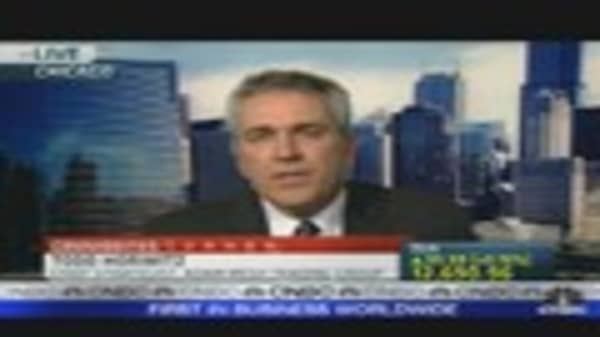For the short term, a collapse in the price looks unlikely, according to analysts. “The one thing that would really threaten [the current high prices] would be if Bernanke comes out and says something quite aggressive about how they’re going to tighten liquidity in the States,” said Credit Suisse’s Kendall.
The longer-term price outlook is uncertain, as industrial demand alone is not enough to underpin a price above $50. An easing in inflationary pressures and a return to positive real interest rates in the US could see investors lose their appetite for silver.
The majority of silver supply comes as the by-product of gold, copper, lead and zinc mining, with only 30 percent from primary mining, according to the GFMS World Silver Survey 2011.
Primary production is likely to increase over the next few years, easing longer-term supply constraints, according to RBC Capital Markets research on the sector. Above ground stocks of silver, particularly in China, a major consumer of the metal, are also believed to be recovering from lows in 2005.
“If you look at Comex futures, the market doesn’t look extremely overstretched, so I think you can make the argument that there is still physical demand,” de Wet said. However, he added that the cost of production of the metal remains low at around $18, “if a lot of production comes online and silver remains industrial-driven, we could see a fallback below 30.”
Fallbacks in silver tend to be quick, Kendall said. “If you look at it from a fundamental supply and demand view, you have to have a significant investment component to keep it above $50.”
“I think [a rapid decline] would be more likely than not. It’s characteristic of the silver market. It’s the most volatile of the precious metals, and when you get a correction across the asset class you expect silver to fall quickly,” he added.




